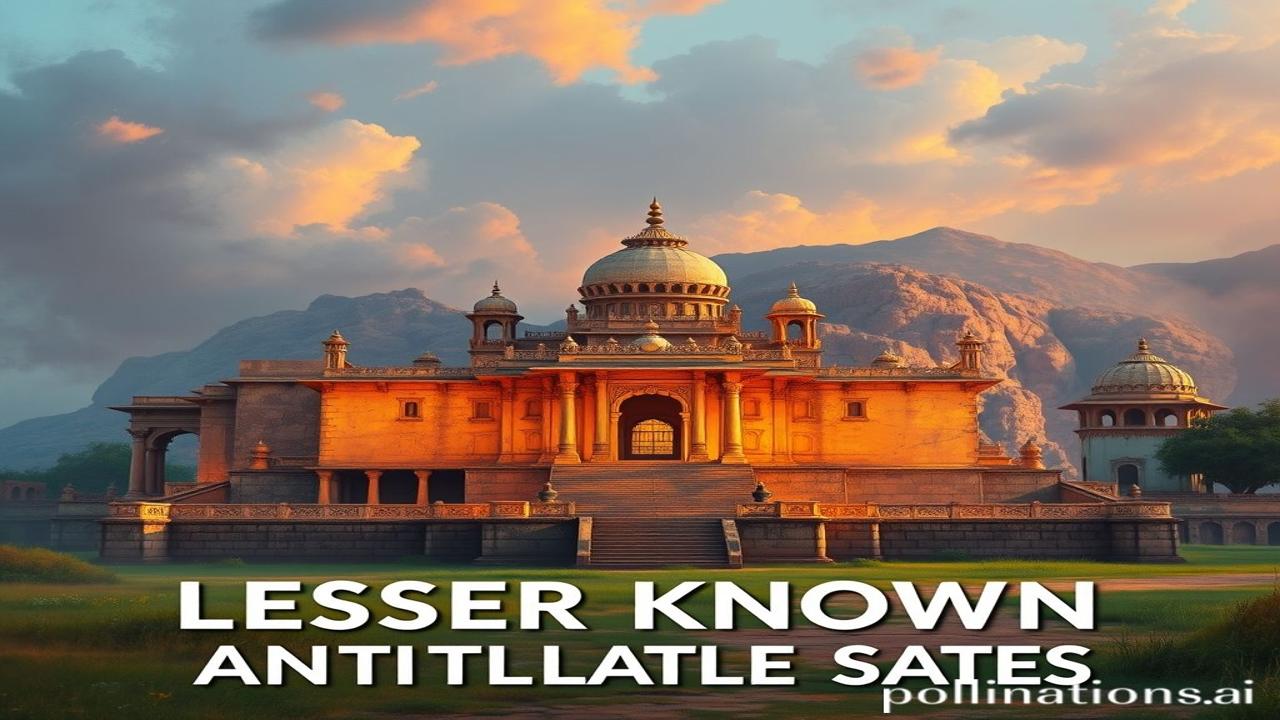Waqt Ki Dhool Mein Chhupi Hui Khazanein: India Ke Lesser-Known Archaeological Sites
Kabhi socha hai, jo pathhar aaj hum peron ke neeche kuchalte hain, unmein kitni kahaniyan dafan hongi? Waqt ki dhool mein kuch kahaniyan chhup jaati hain, kuch archaeological sites humare itihas ke panne kholne ko betaab hain. Aaiye, aaj hum kuch aise hi lesser-known gems ki khoj mein nikalte hain, jahan bharat ki prachin sabhyata ne apne nishaan chhode hain.
Bhartiya Itihas Ke Anjaane Pehlu: Lesser-Known Archaeological Sites
Bharat, a land steeped in history and brimming with cultural heritage, is not just about the Taj Mahal or the Ajanta Caves. Hamari dharti mein aise kai archaeological sites hain, jinko abhi tak woh recognition nahi mili jiske woh haqdaar hain. Yeh sites, silent witnesses to bygone eras, offer a unique glimpse into the lives, beliefs, and artistry of our ancestors.
But why lesser-known? Well, funding ki kami ho ya geographical challenges, kuch sites toh aise bhi hain jo abhi tak poori tarah se excavate bhi nahi hue. Lekin, wohi to exciting hai na? Unexplored mysteries!
Barabar Caves, Bihar: Maurya Empire Ki Chuppi
Imagine yourself standing inside a cave carved out of solid granite, dating back to the 3rd century BC. That’s the experience you get at the Barabar Caves in Bihar. These are considered India’s oldest rock-cut caves, and they were commissioned by Emperor Ashoka of the Maurya Dynasty.
What makes them special? Unlike the more ornate and elaborate caves of Ajanta and Ellora (jo hum sab ne padha hai!), Barabar Caves apni simplicity aur precision ke liye jaane jaate hain. These caves, initially built for ascetics of the Ajivika sect, possess a polished interior that creates an astonishing echo effect. The air is cool and still, almost whispering secrets from a time long past.
Inside the Caves:
Picture this: A lone ascetic, dressed in simple saffron robes, meditating within the cave’s cool darkness. The only sound is the faint echo of his breath and the gentle drip of water. He seeks enlightenment, surrounded by the stark beauty of his man-made refuge. Mauryan kings, who were champions of Dharma, provided these sacred spaces.
Rakhigarhi, Haryana: The Undiscovered Harappan Metropolis
While Mohenjo-daro and Harappa are household names, Rakhigarhi, located in Haryana, is slowly emerging as a major Indus Valley Civilization site. Excavations suggest it might be larger and more complex than previously believed.
Why is Rakhigarhi important? This site is proving that the Indus Valley Civilization was much more widespread and sophisticated than we initially thought. Imagine: A bustling city, with well-planned streets, drainage systems, and advanced craftsmanship, thriving over 5000 years ago!
Zameeni Sach:
Imagine the daily life of a Rakhigarhi resident: Skilled artisans crafting intricate pottery, farmers tending to fields of barley and wheat, merchants trading goods with distant lands. At sunset, the city glows in the amber light of earthen lamps, the air filled with the aroma of cooking fires and the sounds of families gathering for the evening.
Pattadakal, Karnataka: Chalukya Dynasty’s Artistic Legacy
Pattadakal, a UNESCO World Heritage Site in Karnataka, showcases the pinnacle of Chalukya architecture. This small town is home to a stunning collection of temples, reflecting a blend of North Indian (Nagara) and South Indian (Dravidian) architectural styles.
Kala Aur Dharohar: Pattadakal wasn’t just a religious center; it was also a place for royal coronations. The temples, dedicated to various deities, are adorned with intricate carvings depicting scenes from the epics and daily life.
Temple Tales:
Picture Queen Lokamahadevi, commissioning the Virupaksha Temple after her husband’s victory in battle. Skilled sculptors meticulously carve scenes of gods and goddesses, their expressions frozen in stone, but brimming with life and emotion. Devotees gather to offer prayers, the air filled with the fragrance of incense and the chanting of mantras.
Cultural Significance Today:
These lesser-known sites are not just relics of the past; they are integral to our understanding of Bharatiyata. They remind us that Indian civilization is not a monolithic entity but a tapestry woven from diverse cultures and influences. These sites contribute to national pride and enhance tourism.
Fun Fact or Myth-Buster:
Myth: Archaeological sites are just piles of old rocks.
Truth: Archaeological sites are time capsules, holding clues to understand how our ancestors lived, thought, and created. Each artifact, each structure tells a story, piecing together the puzzle of our collective past.
Visual & Sensory Layer:
Imagine the hot, dusty air of Rakhigarhi, filled with the sounds of bustling activity. Picture the cool, dark interiors of the Barabar Caves, filled with the echoes of ancient chants. Feel the rough texture of the stone carvings at Pattadakal, alive with the artistry of generations.
Antim Vichar Ya Uddharan:
“Satyameva Jayate” – Truth alone triumphs. Exploring these lesser-known archaeological sites is a journey towards uncovering the truth about our past, and ultimately, about ourselves. Aaiye, hum apni dharohar ko samjhe, sanjhohe aur aane wali peedhiyon ke liye surakshit rakhen.
